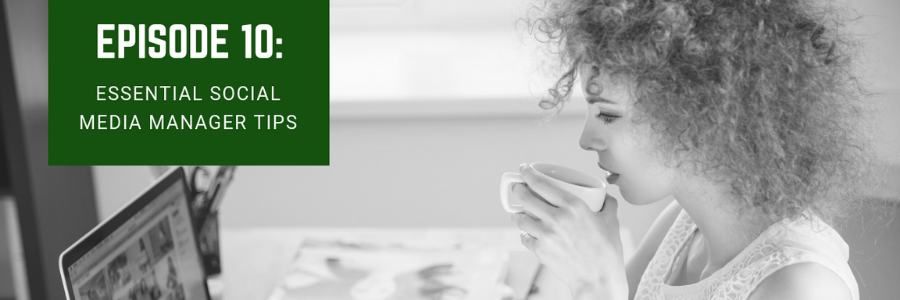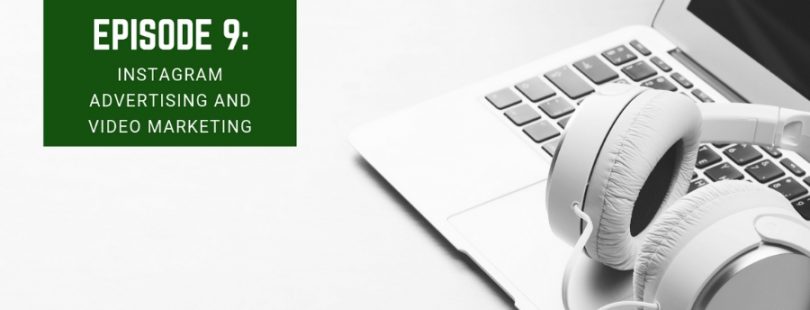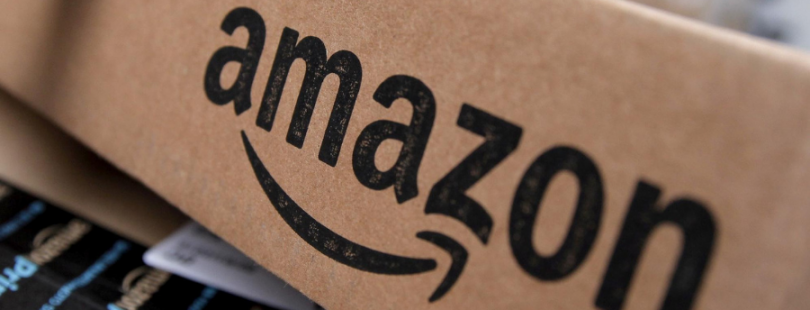Managing an effective content marketing strategy is challenging. Between sharing the latest news, monitoring your competitors, and creating your own content, you might feel like you’re not sure where to start.
The good news is that you’re not the first person to need some help, and there are industry best practices to help you avoid the common frustrations. Now, I’m going to walk you through how to handle all your content curation responsibilities!
Gather Information
Before you share or write anything, you need to know what people are saying around your industry. One great source of information is Feedly, which will give you a variety of sources relevant to whatever keywords you search.
Another resource is Google Alerts, and it offers some unique advantages. Like Feedly, it lets you track certain keywords to see what’s new on those topics. Google Alerts, however, will send notifications about new content in these areas, which can be surprisingly helpful.
Say, for example, you sell glasses. You’d probably track phrases like “eyewear” and “optometry.” But why stop there? You could also track a competitor or their CEO. This way, you’ll be able to learn from their successes and mistakes. Similarly, make sure you’re signed up for any newsletters or eAlerts they distribute.
How does that help? Well, once you’re aware of what your competition is doing, you can see how it’s working. What kind of content are they posting? Maybe they’re posting five blogs a week, but is that getting them engagement from their audience? Determine what is and isn’t working for them, then build your content strategy on the back of that information!
Develop a Content Mix
As you might imagine, posting the same type of content every day is going to bore your audience to tears. That’s why you’re going to need to plan out a compelling content mix.
You’ve looked at your competitors, and what did that information show you? Were they sharing news related to your industry that customers would find appealing? Did they offer unique insight in the form of regular tips or advice? Look for alternatives to promotional content, because too many promos are going to make your brand look overly sales-y and less relatable.
How do you find the right promo ratio? You experiment. If your competitor saw a lot of success posting three promotional pieces a week, see how your audience responds to four. Viewer engagement and clicks on your posts will quickly tell you what you’re doing right and what needs to change.
Remember that, ultimately, your viewers are coming to your page to create value for themselves, and your content should reflect that goal. You may want to spend an entire week talking about your new frames, but your audience wants to learn more about how to take care of their contact lenses. If you want to keep their attention, you need to meet them at that point of need.
Work Smart, Not Hard
One piece of advice that content managers often find surprising is that you should recycle your best content. It can sound sacrilegious to people who have been told all their lives to always create completely original work, but if a piece of content does well, why not make the most of that great article or blog you created?
Of course, you don’t want to just post the same story verbatim. Update it a little! Try experimenting with new headlines or images to freshen things up. If you’re feeling like the article could be better-structured, then by all means, move things around. This will all still take less time than writing and posting entirely new content.
As a rule, you want to wait at least two weeks between an initial publication and recycling that post. This way your readers won’t feel like you’re sharing the same thing over and over, but you’ll still get to members of your audience who missed it the first time around.
Know Your Stuff
Above all, the most important part of content curation is that you need to know what you’re talking about. Whether that’s reading and sharing industry news or creating compelling blog content, compiling information is going to make you a much more effective marketer.
Could you use a little more advice on content curation? Reach out and schedule your free consultation with The Go! Agency!
Read More














